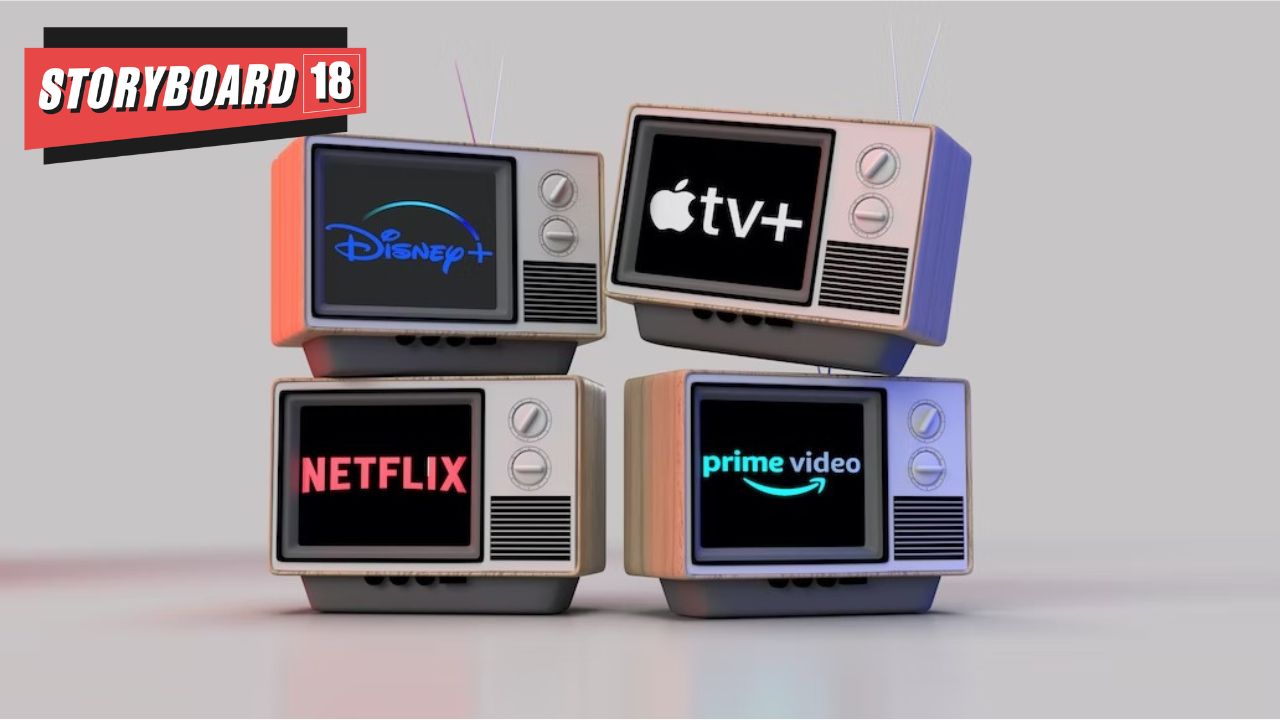When filmmaker Anurag Kashyap recently watched the British Netflix series Adolescence, he didn’t just walk away impressed — he walked away furious. In a series of social media posts, he openly wrestled with feelings of envy and creative frustration, lamenting that a show so raw, ambiguous, and emotionally uncompromising would likely never be greenlit by Netflix India.
Kashyap accused the streaming giant Netflix of double standards — celebrating bold storytelling abroad while playing it safe at home. He questioned whether Indian creators were ever truly trusted with the kind of narrative freedom Adolescence embodied.
His frustration mirrors a broader unease brewing among Indian creators. Has the OTT revolution become too risk-averse, too data-led and too scared to trust artistic instinct?
They Came to Make Money, Not Art
“OTT platforms came to India not to raise the standards of Indian Content, but to make money. The US and Europe markets have plateaued… foreign OTT platforms need new growing markets like India especially as they are no longer welcome in China,” states filmmaker Shekhar Kapur.
With this declaration, Kapur lays bare what many in India’s creative ecosystem have long suspected but rarely said aloud. The platforms that once promised to democratize storytelling and liberate Indian creators from the box office, are now boxed in by the very commercial priorities they claimed to transcend.
Film critic Fenil Seta observes that there is a tonal difference between global Netflix originals and Indian ones. “Indian creators and showrunners tend to play safe and follow a formula. Ironically, the reason audiences loved OTT in the first place is because it didn’t deliver formulaic content.”
Seta points out that while algorithms aren’t inherently problematic, the over-emphasis on them is damaging creativity. “It was shocking to read editor Antara Lahiri stating that she is told to add engagement points at the 2nd minute or 7th minute. Such practice should be stopped immediately.”
According to a FICCI-EY report, around 500 Indian films released on digital platforms in 2024—a 20% rise from 2023. But within that growth, direct-to-digital releases saw only a slight bump: from 57 to 60 titles. Platforms rationalized their spending, looked for theatrical marketing bump, and tried to cut losses.
This slow growth shows that while OTT libraries are expanding, bold originals that skip theatres entirely are still a rare breed.
“Too Bold” for Whom?
Jackie J. Thakkar, Creative Director with a leading OTT platform, weighed in on the debate sparked by criticism that Indian streamers wouldn’t back a show like Adolescence. “It’s unfair to target one OTT platform in particular but yes, I partially agree that Indian OTT platforms tend to play it safe compared to their international counterparts… Perhaps Mr. Kashyap’s remarks were pointed at how Indian OTT head-honchos have been playing it too safe when it comes to homegrown content.”
He adds, “In today’s socio-political climate, nobody can say for sure what is ‘too bold’… If the content is unnecessarily too political, too sexually provocative or has too much gratuitous violence… then it at least warrants toning down, if not a whole revamp.”
And the process reflects that. “Before any project is greenlit, it has to undergo an exhaustive process of rewrites, feedback loops and due diligence so as to tone down the provocative nature of the content—without affecting its entertainment value.”
In essence, storytelling today doesn’t stop at the script—it’s re-optimized for brand safety, social temperature, and subscriber retention.
MBAs, Metrics and Market Caution
Kapur questions whether current OTT content heads even need to exist. “I told the content team of a very large OTT platform that they are in the cusp of losing their jobs. AI can do their jobs more efficiently, faster, and far far cheaper than their combined salaries. Not tomorrow, but today.”
He continues, “Why should we expect MBAs to understand content?”
Chandrashekhar Mantha, Partner, Media & Entertainment Sector Leader, Deloitte India, agrees that platforms are cautious. “The OTT content space may like to tread with a low-risk approach. Content decisions have numerous considerations including a mix of algorithm-driven commissioning models and local regulatory considerations.”
He adds, “Unlike global platforms that celebrate bold narratives, Indian OTTs attempt to balance bold storytelling with cultural acceptance… Brand safety and advertiser pressure also shape content choices, especially for ad-supported platforms.”
Kapur acknowledges that there’s also a silver lining. “More actors, writers, and directors are working than ever before. New talent has emerged and new stars are born. Manoj Bajpayee is just one example.”
Shows like Panchayat and The Family Man have found both popularity and praise, proving that good content can still rise.
Smarter Risks, Not Just Safer Bets
Mantha believes that even within certain constraints, there is room for strategic creativity. “Opportunities exist for innovation within these constraints, requiring smarter storytelling and strategic risk-taking to keep audiences engaged.”
Thakkar concurs that OTT platforms must stay audience-first. “If the subscriber-base shows an affinity for a particular influencer, platforms will get them attached to scripts… Platforms and influencers realise that making shows or movies are businesses that run on grabbing eyeballs.”
So is there hope? Yes but not without recalibrating how risk, realism, and reward are balanced. If OTTs want to avoid turning into formula factories, they will need to reconnect with what drew viewers to them in the first place—freedom, freshness, and the courage to take creative risks.
Read More: India’s OTT showdown: Regional titans challenge global giants
